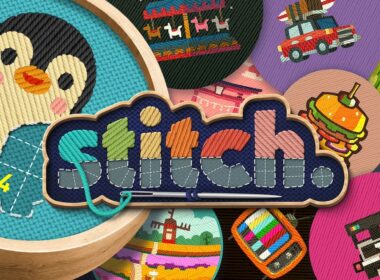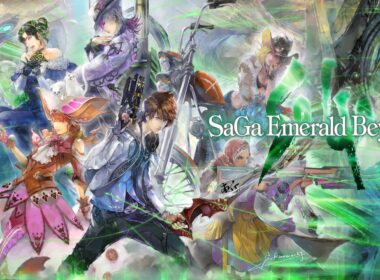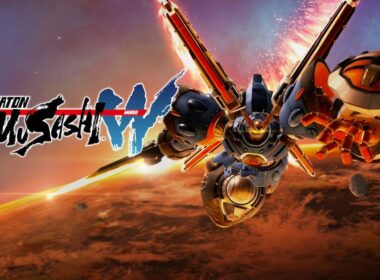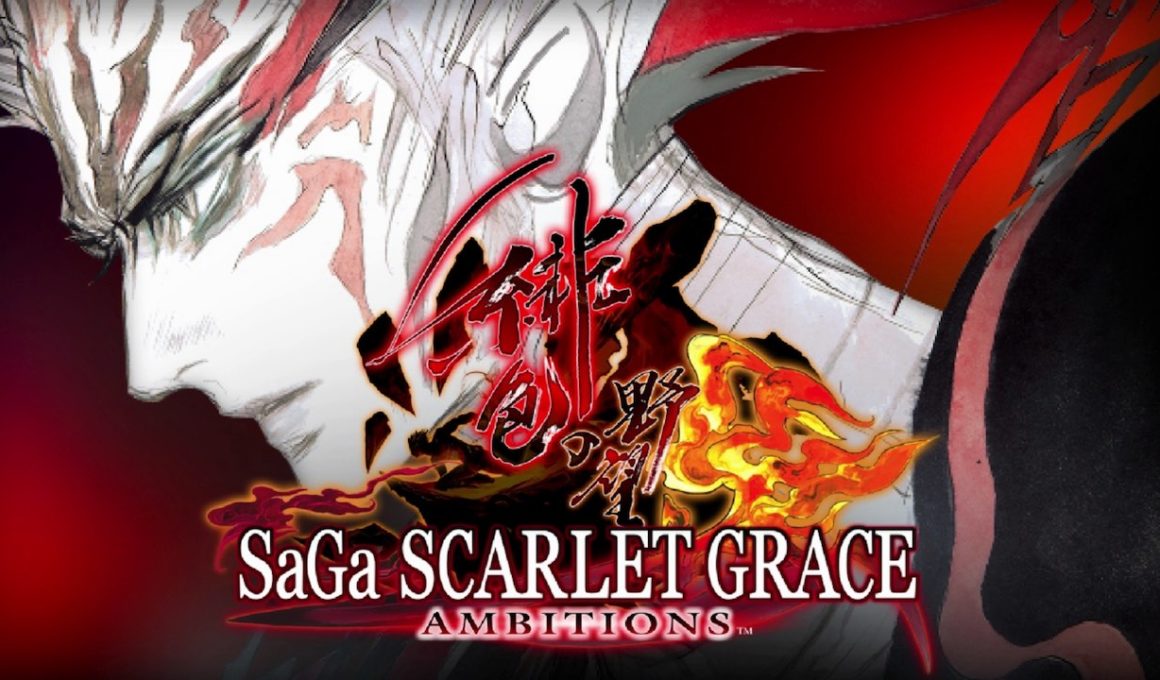There’s a likely chance you’ve heard the overwhelming praises of SaGa Scarlet Grace: Ambitions in passing since its release last month. Almost every person I’ve seen who’s played it has had nothing but positive things to say. To say I was excited to see if this latest entry in the cult classic SaGa series lived up to the hype was an understatement. If you’ve come to this review looking for something different, then I’m afraid you’re in for a disappointment. From the moment I started Scarlet Grace, it gripped me immediately and refused to let go. It’s one of the most addicting games I’ve ever played.
Scarlet Grace originally released for the Playstation Vita in 2016, but we wouldn’t see the game until three years later when the expanded port titled “Ambitions” was localized. In addition to releasing on systems with much larger install bases like PlayStation 4, Nintendo Switch, Windows PC, and mobile phones, this version adds voice acting, more music, and new characters. Since I’ve never played the original game, I don’t have a way to compare the new content. The whole game flows together so well that it probably was impossible for me to tell what songs or characters were new anyway.
When you start a new game, you’re given a questionnaire that will assign you to one of the four protagonists your personality fits the most. These characters are Urpina, Taria, Balmaint, and Leonard. You don’t have to stick with that assignment if you don’t want to, but I always appreciate little touches to character selection.
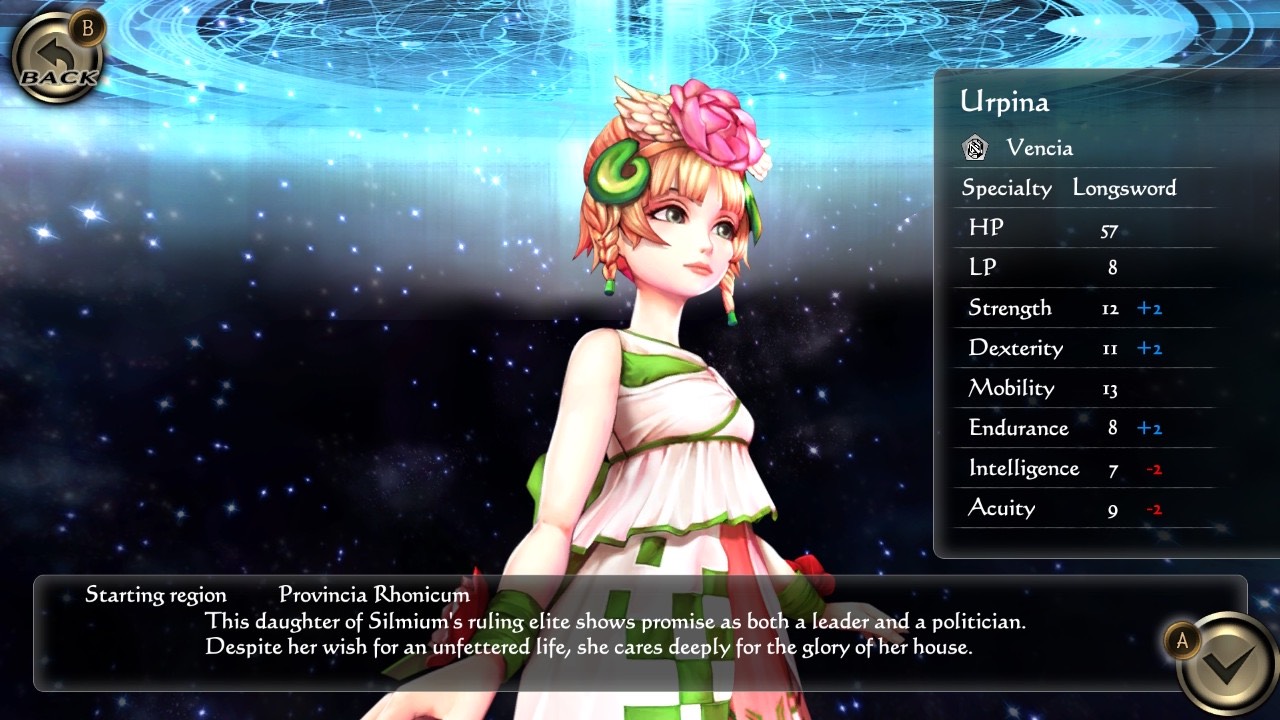
Like with many other players I talked to, I started my journey with Urpina. She seems to be made as a good introduction character for newcomers to gradually ease their way into SaGa Scarlet Grace: Ambitions. While freedom and nonlinearity are some of the most important design principles for the game, her story starts a bit more linearly so it can teach players the mechanics and gameplay loop. If you’re looking to be completely thrown into the game to do whatever you want, I hear Leonard is a great pick for that and I recommend veterans and risk-taking newcomers start there for near-complete nonlinearity.
This isn’t the kind of game I recommend juggling four playthroughs at once, however, since clearing a character’s story will also bring a variety of changes to the others when you start a new playthrough. There are so many details put into making every playthrough completely unique, and I respect just how much work was needed to make this as smooth as possible.
While SaGa Scarlet Grace: Ambitions has a fair amount of dialogue, it’s surprising for an RPG like this to be mostly focused on gameplay on a completely pure level. Urpina’s story was pretty interesting and served the purpose of keeping my adventure moving forward, but the real draw to the story is how even the smallest choices manage to completely shape your experience. Some affect the actual way the plot will branch, and some can completely change how your gameplay experience in certain regions will play out.
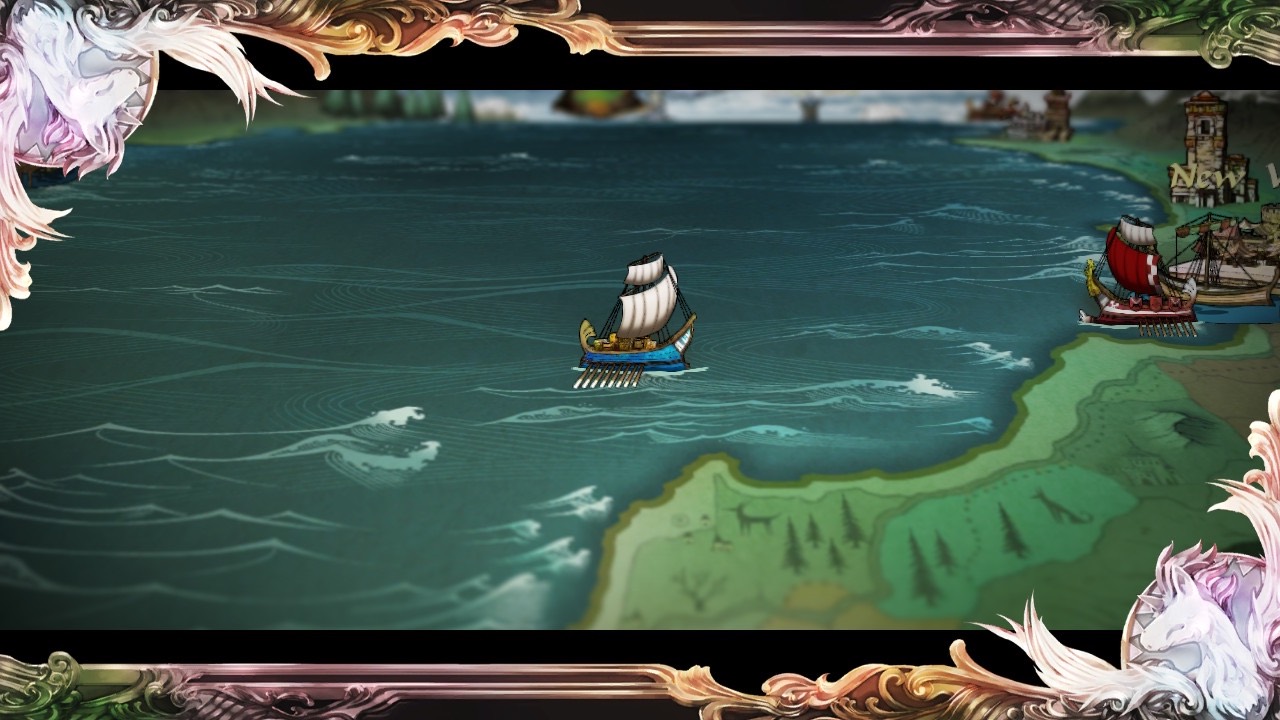
In one moment that stuck out to me, I was involved in a conflict about 7 hours in that led to me being forced to make a vow with a ghost that haunted me for the rest of the region to make sure I didn’t break that. Exploration is really the key to how much enjoyment you’ll get out of the game, and people who don’t like free form progression in their RPGs might want to look elsewhere. The most fun you’ll have in this game isn’t experiencing the story, but in how your story will be completely formed based on your own actions. I feel bad for anyone who has to make a guide given all the ways the plot can branch.
The biggest way SaGa Scarlet Grace: Ambitions subverts RPG traditions is there are no explorable dungeons or towns. There are also no random encounters, as every combat encounter available is shown as an event on the world map. You might find these are oversimplifications, but I think this was necessary to deliver on their intention of making such a sprawling open-ended game. Finding out where to go might seem obtuse to people not used to games like this, but figuring it all out and getting lost in the large amount of side content is incredibly rewarding.
The combat seems equally obtuse upon first glance, but when it clicks it’s very difficult to put down. When I first started trying to understand it, I found myself frustrated with the unpredictability and would often reset the game during my many defeats. There are so many moving parts, and I’m sure I’ll miss some of the intricacies while discussing it, but once I finally understood it all it became one of the reasons I’d find myself glued to my Nintendo Switch for hours on end every time I booted the game up.
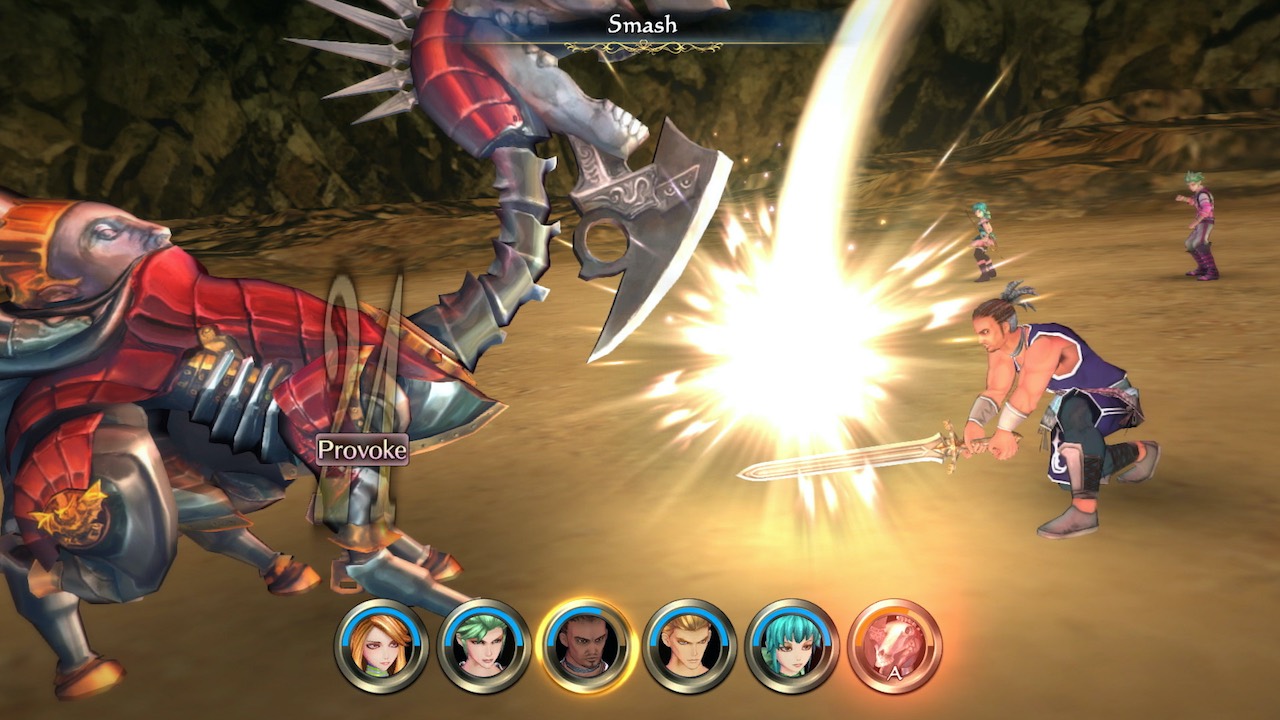
Battles play out in a turn-based manner, but with a slight departure from your standard traditions that keep it fresh. You don’t gain levels or experience from battling. Instead, you learn skills, get stat boosts and gain efficiency with certain weapons randomly. This might seem like a mess, but it never felt aimless. You’ll often find your active party learning something new every time you finish an engagement, so there is actually a point in participating in battles. There is no need for healing items or stopping in towns to rest because your party replenishes their health at the beginning of every battle.
During these preparation moments, you can choose which of your many characters to participate in your five-member Retinue, set your formation and more. This is crucial to winning, and it’s a good idea to have at least 10 characters of different types to be prepared for different kinds of conflicts. The main gimmick of battles is the timeline of when every party member and enemy attack for every turn, with the move they have set affecting where they appear on the map. Put simply, the ultimate goal is to single out enemies and have them sandwiched between groups of your party members and defeat them to activate United Attacks.
To visualize it better, imagine your characters are separated from each other by monsters, and you want to knock those monsters away to re-”Unite” them. The characters that rejoin each other participate in these powerful attacks, but the enemies can also have their own United Attacks. This brings some strategy into how straightforward battles seem to be, as it’s not a good idea to kill enemies that are surrounded by others.
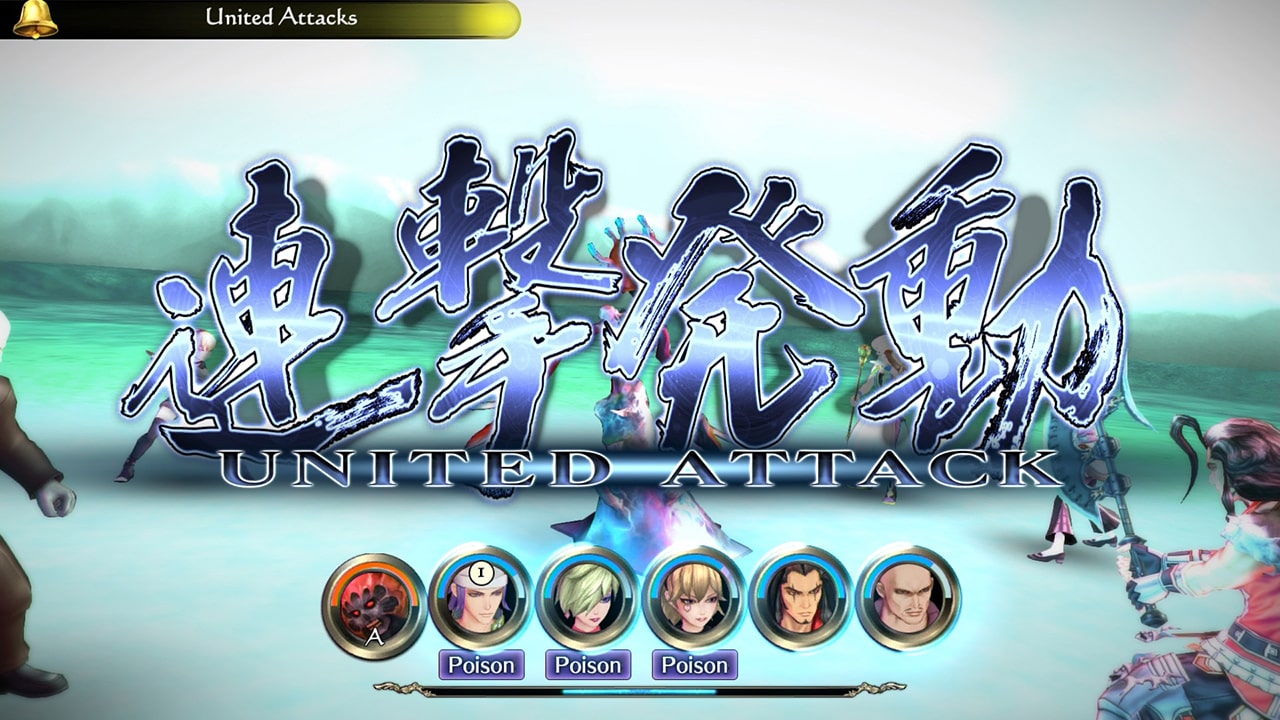
Battles, in general, have a fantastic balance of randomness and strategy, so you’re always kept on your toes. It’s an addicting system that’s hard to describe adequately, but once I got used to it I fell madly in love. However, the process of learning all the ins and outs unfortunately was a rough one for me. The learning curve is very steep, and I found the difficulty at the beginning a little tough.
When one of your characters dies in battle, they lose a point of their LP. The total amount of LP they have varies depending on every character, and once it hits 0 that character is dead forever. They can regain their LP by being put in the reserves for a couple of fights. If the entire party wipes, retrying the fight costs every participating party member one LP. Given my weird OCD for playing optimally, I ended up resetting the game an obscene amount of times early on every time I had large amounts of party members lose LP.
Due to my preference for handheld gaming, I played the Switch version of SaGa Scarlet Grace: Ambitions. I have not played the other versions, but from what I’ve heard this exists as a nice middle ground between the mobile and PS4 port. It has full touch screen support for those who want it, but is fully playable with a normal controller. The visuals hold up very well also, with the game’s art style (one that is apparently hit or miss, but I adore) looking gorgeous on my Nintendo Switch Lite.
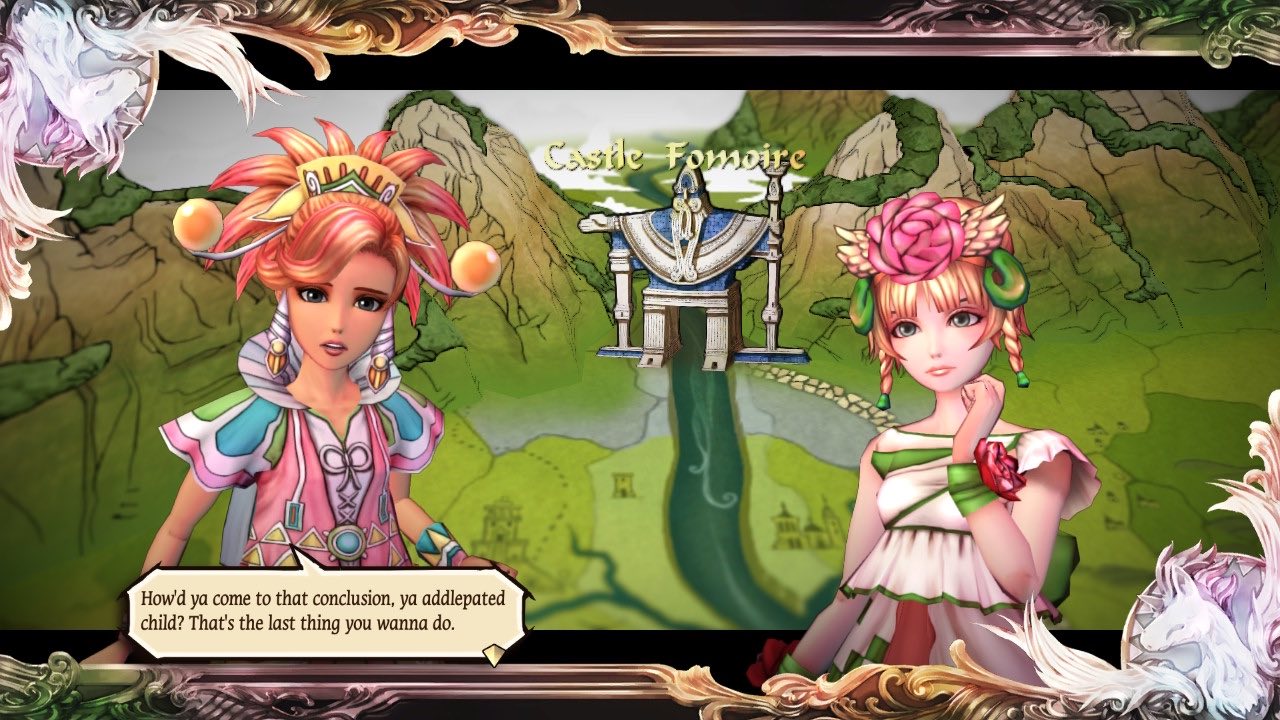
8-4 were in charge of localizing this behemoth of a game, and they did a wonderful job giving life to the variety of cultures across the game’s world with a great translation and dub. The prose is diverse and reads wonderfully, which is what you want when a decent chunk of your playtime is spent talking to NPCs in a large number of different locales.
There isn’t full voice acting, as it is in only important cutscenes and combat, but I felt the battle dialogue perfectly provides characterization that people might have missed in the main story. Due to the nature of progression in SaGa games, this actually isn’t a negative in the slightest. Hearing the characters talk in battle was never annoying, and grew me much closer to all of them. In a very unusual (but very appreciated) move, you can also set how expressive you want your characters’ voice acting to be in battle.
While SaGa Scarlet Grace: Ambitions is definitely not a game for everyone, those who can approach it with an open mind and a willingness to meet the game on its own terms will find this to be one of the finest RPGs ever made. The story is minimalist on purpose, the progression can be obtuse, and the difficulty can be extreme. When you can break past that initial wall, you’re treated to an RPG that cherishes player choice and exploration. The gameplay is addicting to its core, and it’s very rare to see an RPG as meticulously thought out like this. It lived up to all the hype for me and is perfect for genre fans looking for a breath of fresh air.
Version Tested: Nintendo Switch
Review copy provided by Square Enix

